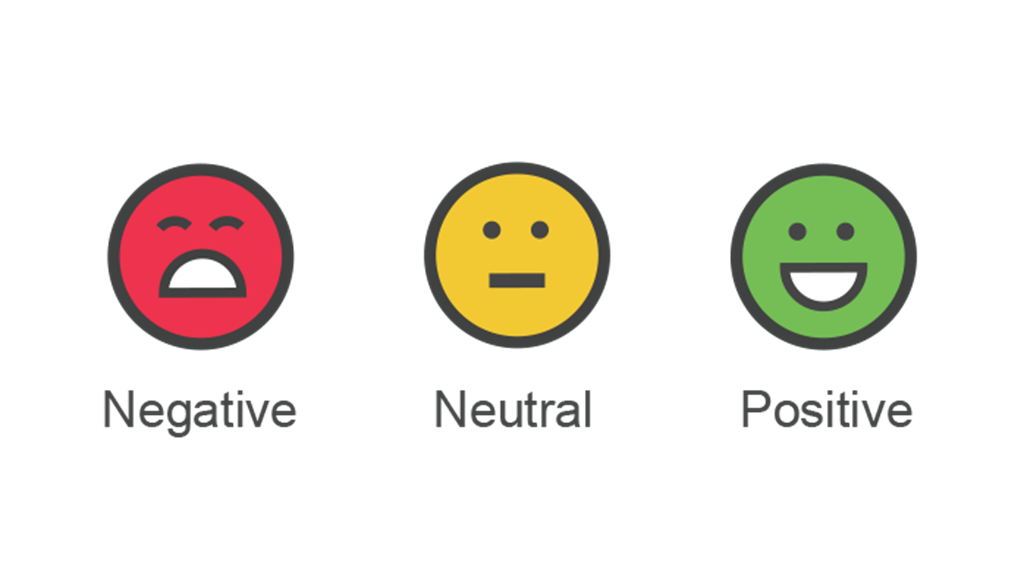Recently, the ChatGPT is very hot in the NLP community. It is a transformer-based language model that can generate human-like conversations. It attracts me to learn about Machine Learning to build a AI model. In this blog, I will talk about how to build a Sentiment Analysis model, the topic will be separated into several blogs, including Load raw dataset,Text Vectorization, Model Training, and Model Evaluation, Model Testing.
Sentiment Analysis
Sentiment Analysis is a natural language processing (NLP) task that involves classifying the sentiment of a given text into one of the predefined categories such as positive, negative, or neutral. The goal of sentiment analysis is to understand the attitude or opinion of the writer towards a particular topic or product.

Dataset
To build and train a sentiment analysis model, we need a dataset. The dataset used in this blog is the IMDB movie review dataset. You can find this dataset more information in previous blogs. It contains 50,000 movie reviews labeled as positive or negative. The dataset is split into 25,000 reviews for training and 25,000 reviews for testing.
After downloading the dataset, unzip the file and put it in a directory named dataset. The directory structure should look like this:
1 | dataset |
Loading the Raw Data
We will load the raw data using tensorflow and keras libraries. The text_dataset_from_directory function is used to load the dataset. The function takes the directory path, batch size, validation split, subset, and seed as input parameters.
The validation_split parameter is used to split the dataset into training and validation sets. For example, if the validation_split is set to 0.2, 20% of the data will be used for validation.
The subset parameter is used to specify which subset of the data to load. training value is used to load only the training data. validation value is used to load only the validation data. The seed parameter is used to ensure reproducibility.
1 | import tensorflow as tf |
In above code, there are three functions defined to load the raw data. The load_raw_train_dataset function is used to load the training data, the load_raw_validation_dataset function is used to load the validation data, and the load_raw_test_dataset function is used to load the test data.
For the config.py file, we will define the following parameters for above raw data loading functions.
1 | # dataset directory for training |
In above code, we are loading the raw data from the dataset/train and dataset/test directories. The batch_size parameter is set to 32, which means that the data will be loaded in batches of 32. The validation_split parameter is set to 0.1, which means that 10% of the data will be used for validation. The subset parameter is set to training to load only the training data, validation to load only the validation data. The seed parameter is set to 36 to ensure reproducibility.
So for now, we have loaded the raw data, in the next blog, we will talk about text vectorization which is the process of converting text into numerical form that can be used for training and testing the model.


